There was no hidden advertising in the Soviet Union. Today viewers understand that James Bond wears a particular kind of watch and drives a certain brand of car for a commercial reason. But under socialism, there wasn’t much point in mentioning a particular brand of product in a radio program or movie: the filmmakers just used whatever they could get. Most of the time there wasn’t even a choice.
But there was one product in the Soviet Union that received truly fabulous publicity thanks to a feature film: eggplant caviar. In the early 1960s cans of factory-made eggplant caviar began to fill store shelves, even though shoppers made fun of the name “caviar,” which they knew only as black or red and coming from fish. The writers of the famous 1973 Soviet movie “Ivan Vasilyevich Changes Profession” made a joke about it in the film.
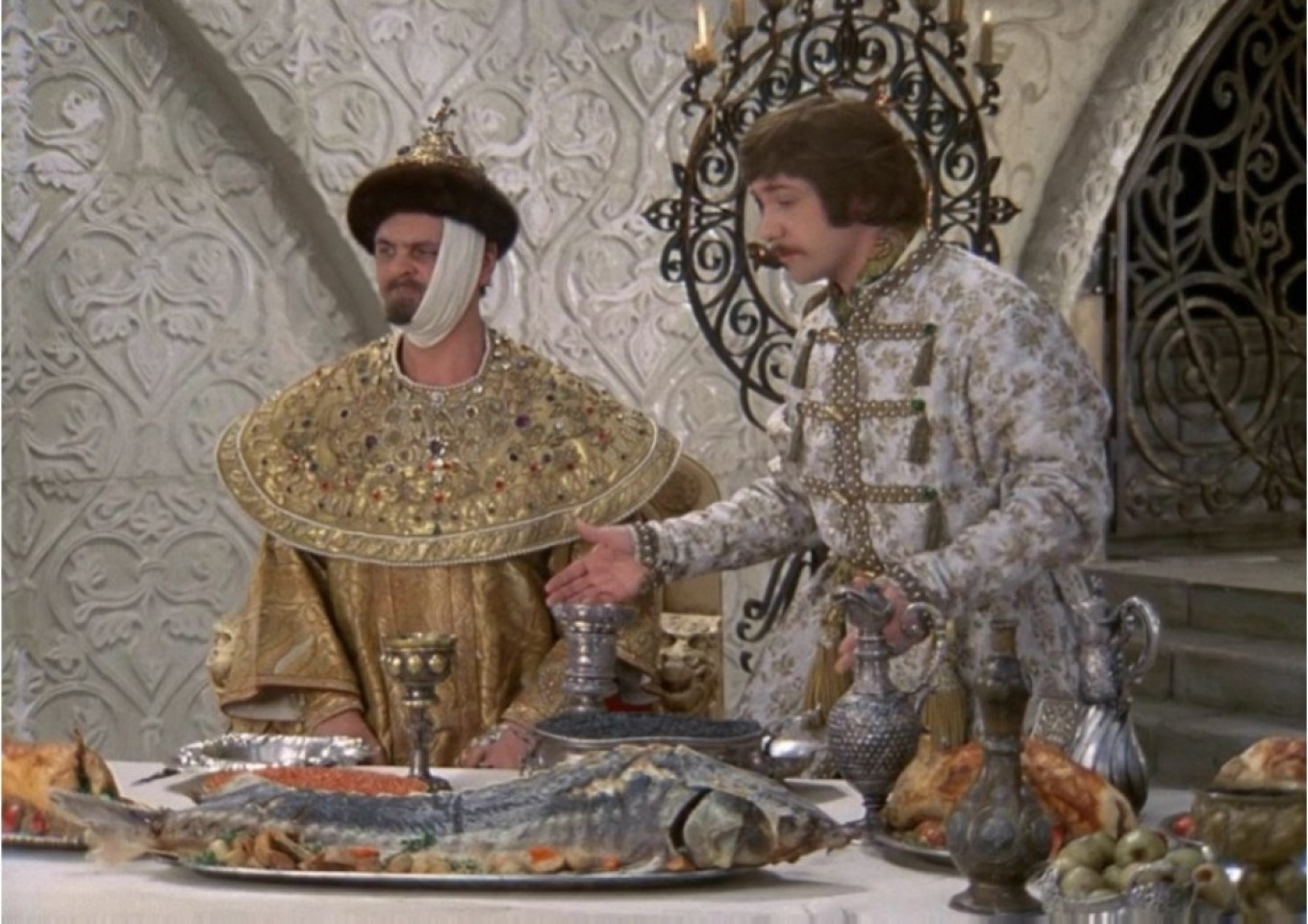
The hero of the movie — a Soviet every-man — miraculously finds himself at the court of Ivan the Terrible, and by fantastic chance he changes places with the tsar. Ivan the Terrible goes to socialist Moscow, and because the Soviet time-traveler looks like the portrait of the tsar made in the 16th century, he is accepted as monarch with all the customary honors.
He attends a feast where a huge table is covered with delicacies: roasted swans, hares, a huge container of black caviar and a three-kilogram dish of red caviar. And in the very center of the table is the most rare and precious dish: imported eggplant caviar. This always gets a huge laugh. In the 20th century, everyone but cats ate eggplant caviar.
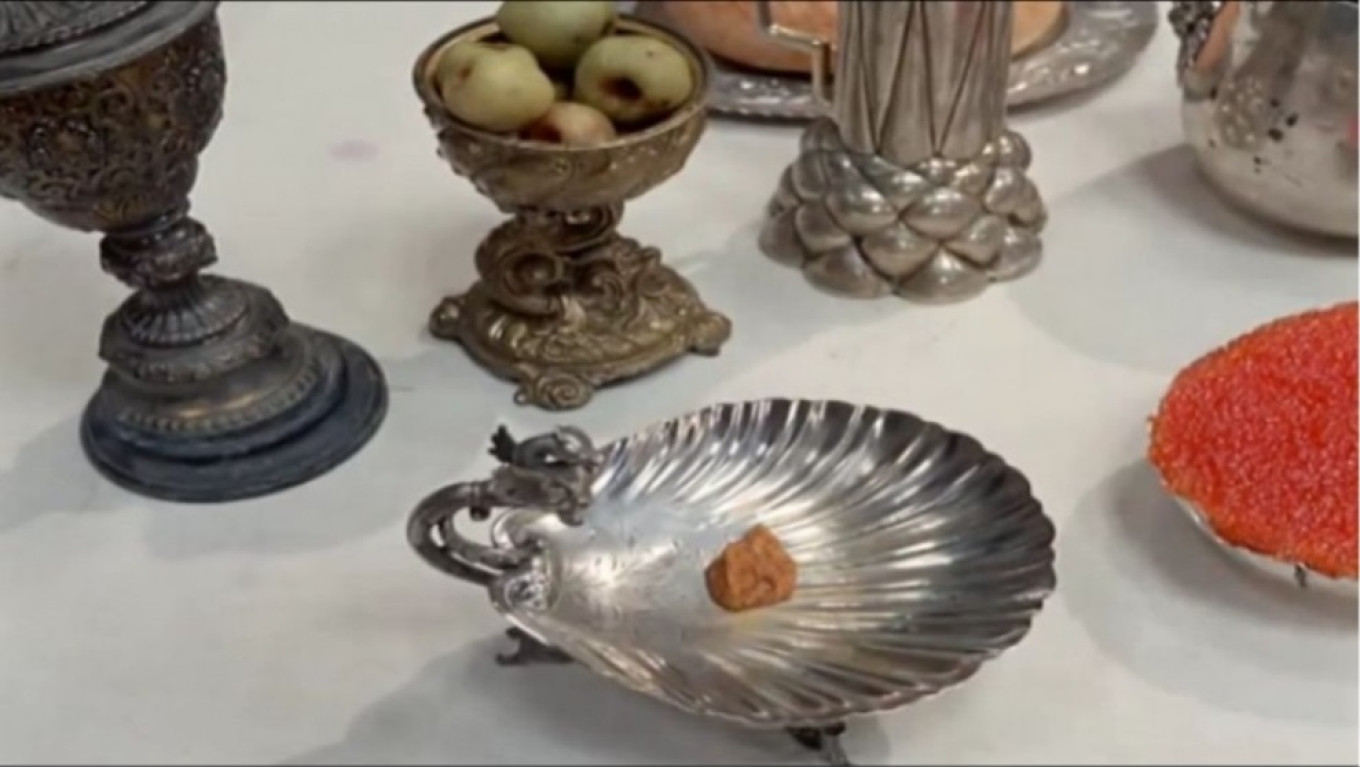
If the shelves of Soviet grocery stores were full of anything, it was vegetable caviar (at least until the late 1980s, that is, when the shelves were completely empty). Unlike its fish namesake, store-bought eggplant and squash caviar was never the centerpiece of a party table. But there were always many recipes for it, and two cites in Ukraine — Odesa and Kharkiv — vied for the honor of producing the best homemade caviar.
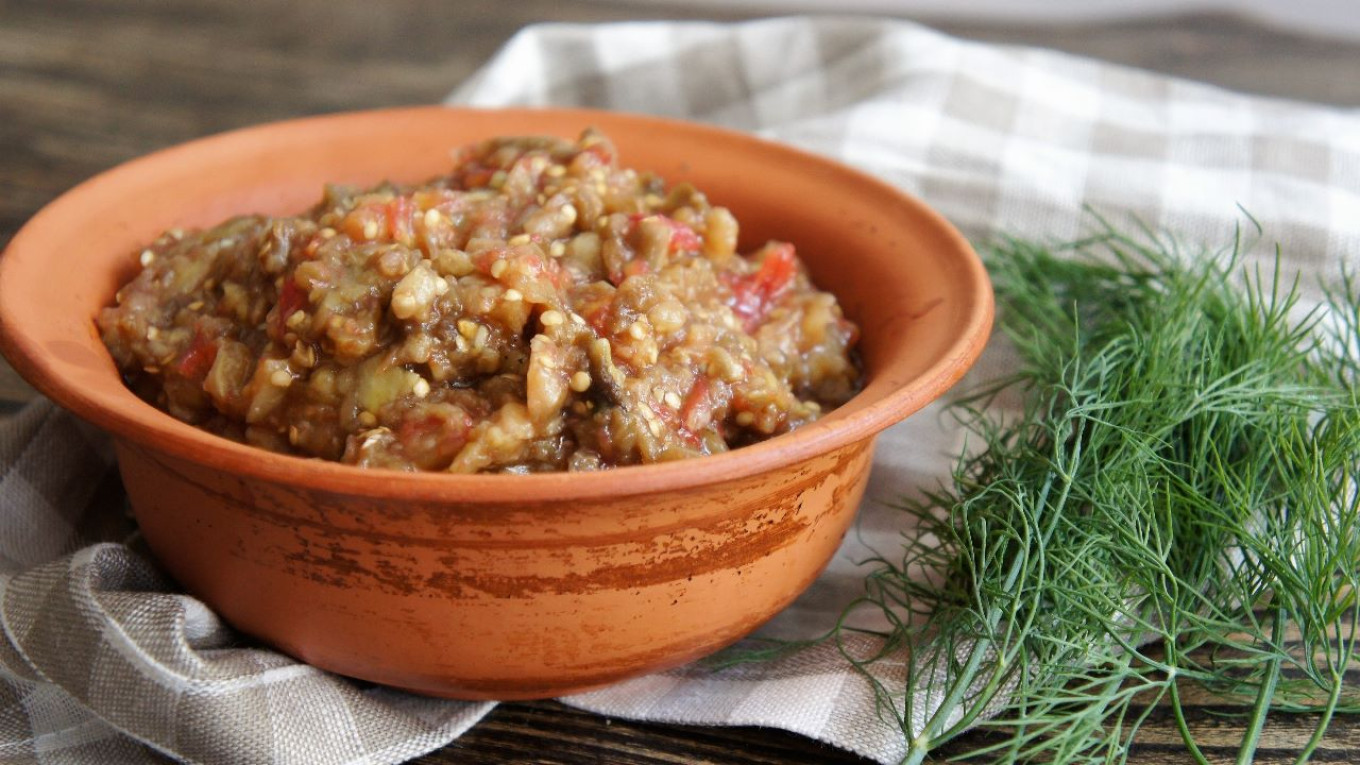
It is surprising how one of the blandest products — squash — became one of the most popular and flavorful dishes. Squash has almost no flavor of its own. But it goes well with almost everything: meat, vegetables, and grains. It is good in soups and salads, in hot dishes and even in muffins.
Unlike Asian eggplant, squash appeared in European cuisine together with Columbus’ ships at the end of 15th and beginning of the 16th centuries. At first it was treated rather warily and only grown in botanical gardens. Only from the 18th century was it used as food, first in Italian cuisine, which uses young, barely ripe squash. Later squash spread all through Europe. It came to Russia in the 19th century through the Black Sea ports of Odesa and Taganrog. And that’s where squash caviar appeared.
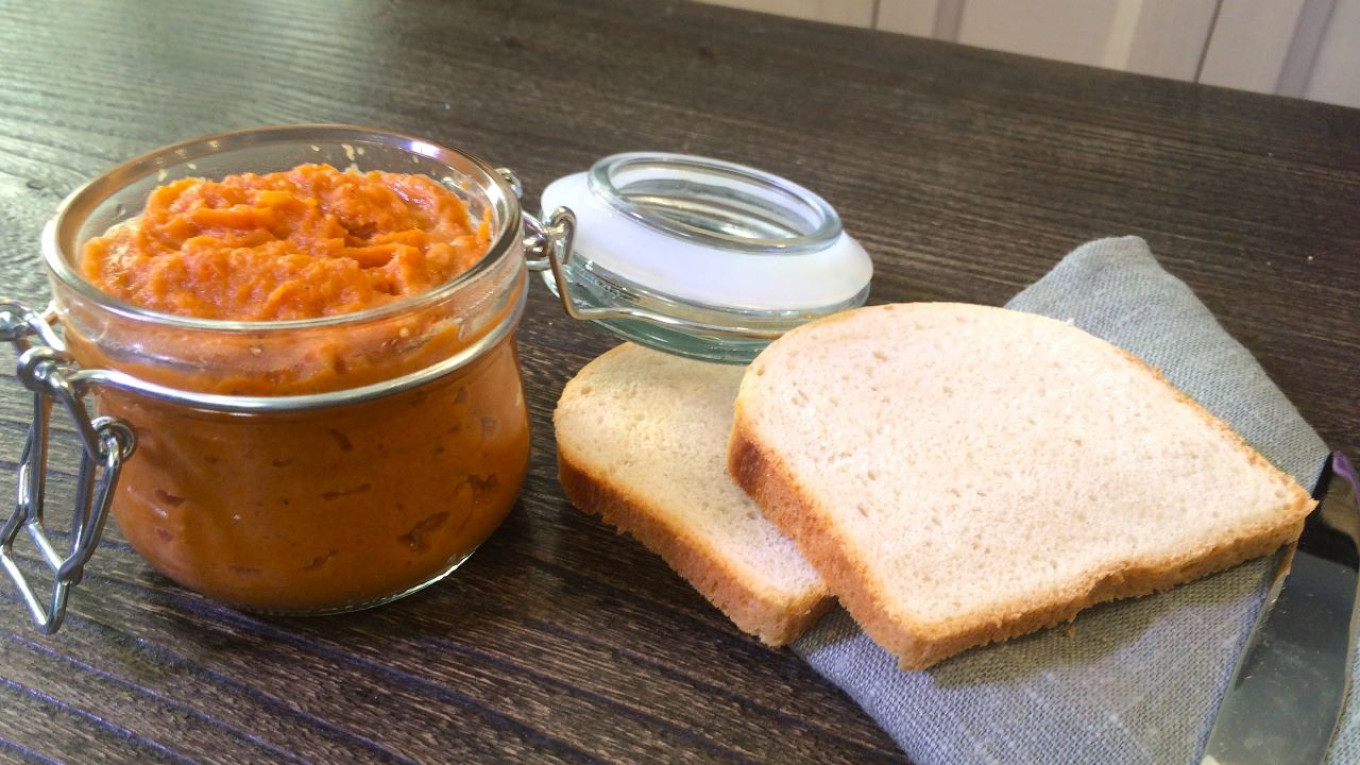
In the Soviet Union it was one of the most common types of canned goods: cheap, simple, delicious, and sold in almost every store. Production began in the 1930s. Everything was going well until there was a tragic outbreak of botulism in what was then Dnpropetrovsk, now Dnipro. More than 200 people died. An investigation concluded that the culprit had been canned squash caviar that had been improperly produced. Production was stopped for several years.
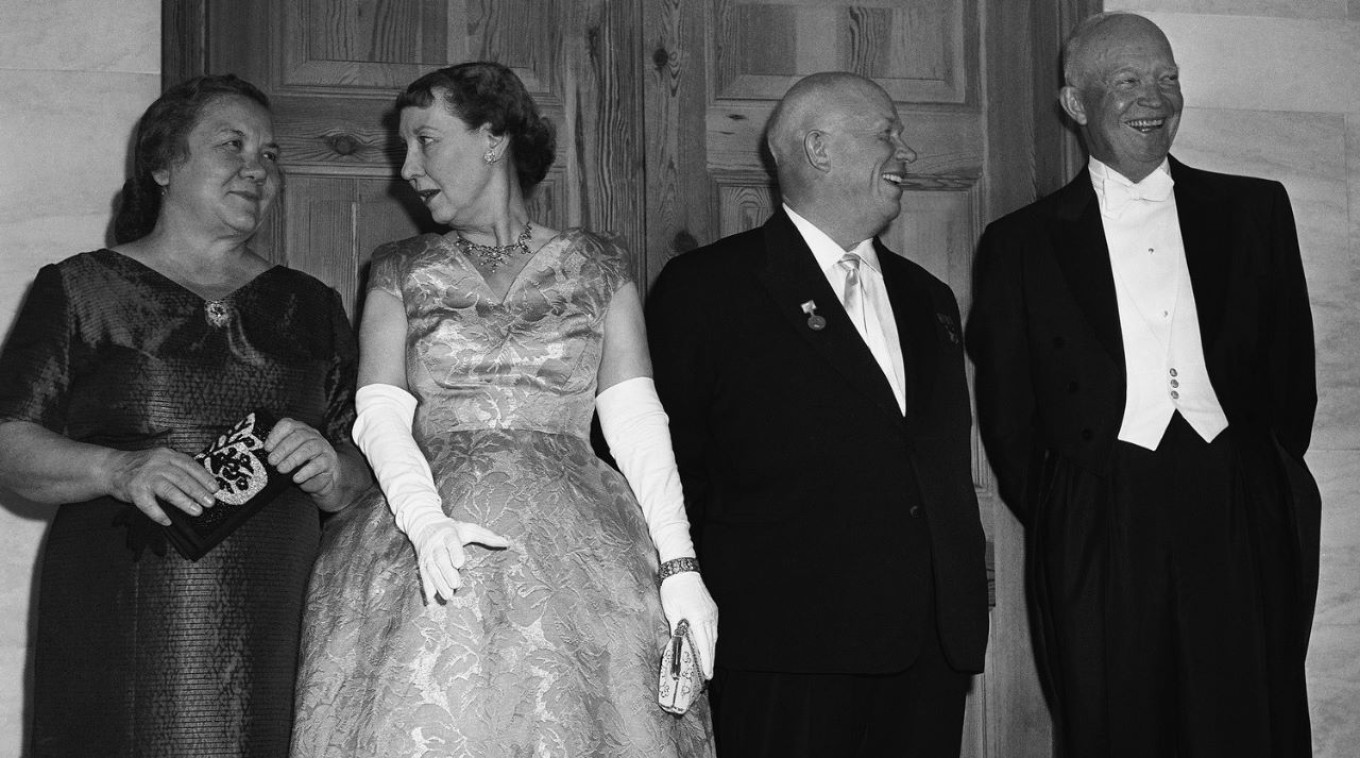
Squash caviar was “rehabilitated” by Nikita Khrushchev — or rather, by his wife, Nina Petrovna. The Soviet first lady was overweight, constantly struggling to lose some kilos. So the First Secretary of the CPSU Central Committee and his wife were often served only vegetable appetizers, including squash caviar. Khrushchev liked it so much that he ordered construction of the largest canning plant in Europe to make it. The newly appointed director was instructed to make enough squash caviar to feed the entire Soviet Union.
“Can you use some squash?” You hear this phrase everywhere in Russia during midsummer. Squash grow so well, it’s impossible to use it all up at the dacha. So bags of squash are given to relatives, friends, and acquaintances, who pass them on to their friends, family and neighbors. And they put up jars of squash caviar. Here’s our recipe.
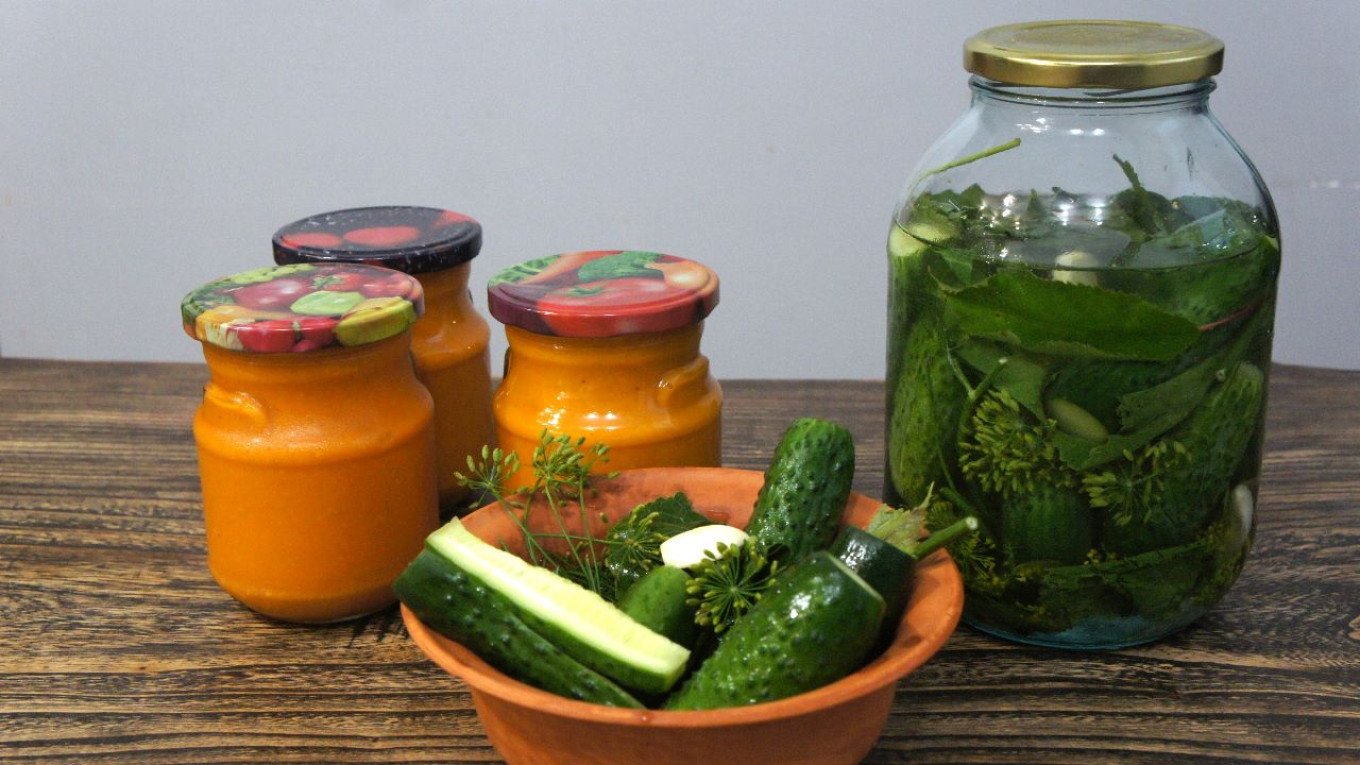
Squash Caviar
Ingredients
- 500 g (a generous 1 lb) peeled squash, seeded
- 350 g (3/4 lb) tomatoes
- 1 clove of garlic
- salt, pepper to taste
- 1 Tbsp vegetable oil
Instructions
- Pour the vegetable oil into large skillet; the pan should be wide so that the liquid evaporates faster.
- Peel and seed the squash.
- Grate the squash and peeled tomatoes on a coarse grater and place in the cold pan with vegetable oil. Stir.
- Cook over medium heat, without a lid, until all liquid has evaporated. This will take about 35-40 minutes, depending on the amount.
- Press or grate the garlic finely.
- Once the liquid has evaporated, salt, pepper, add the garlic and stir.
- Cook for another 1-2 minutes and remove from heat. If you want it very smooth, use an immersion blender.
- Eat hot, warm or completely cooled.





